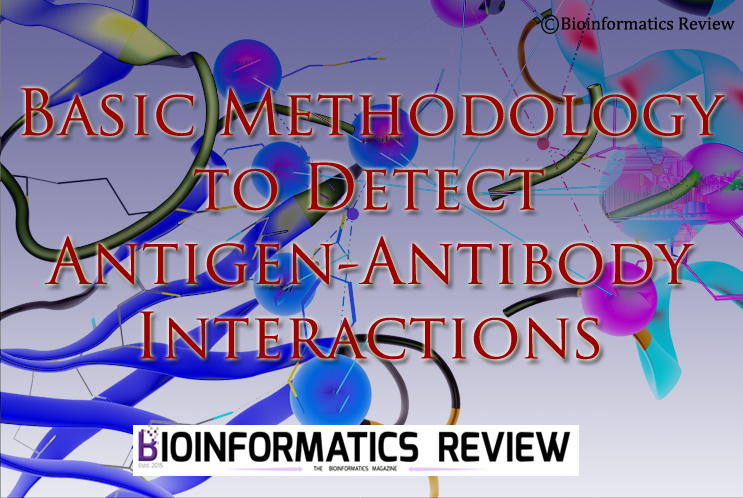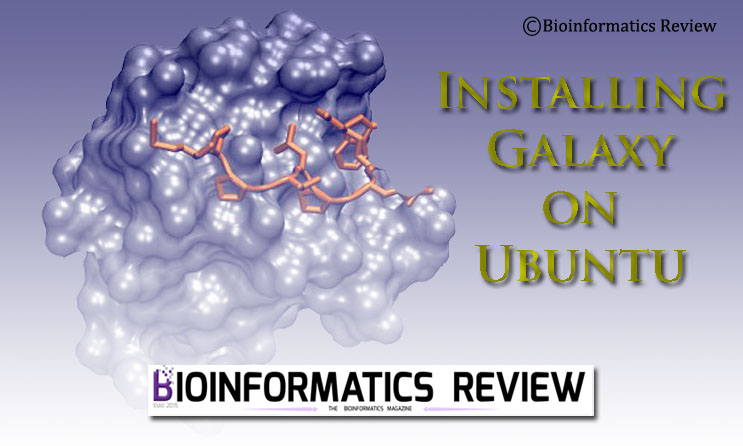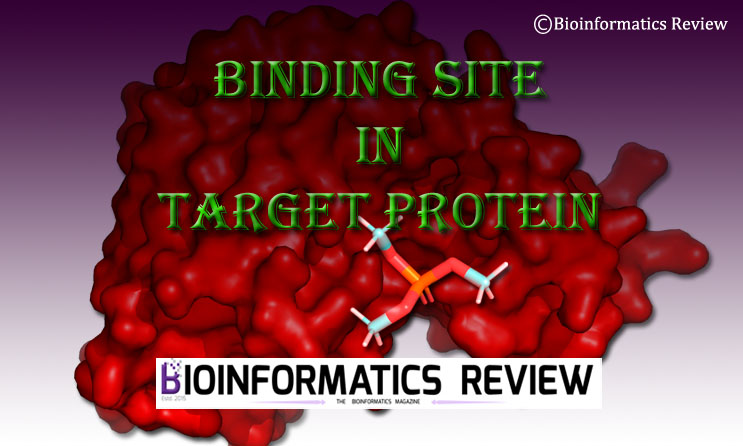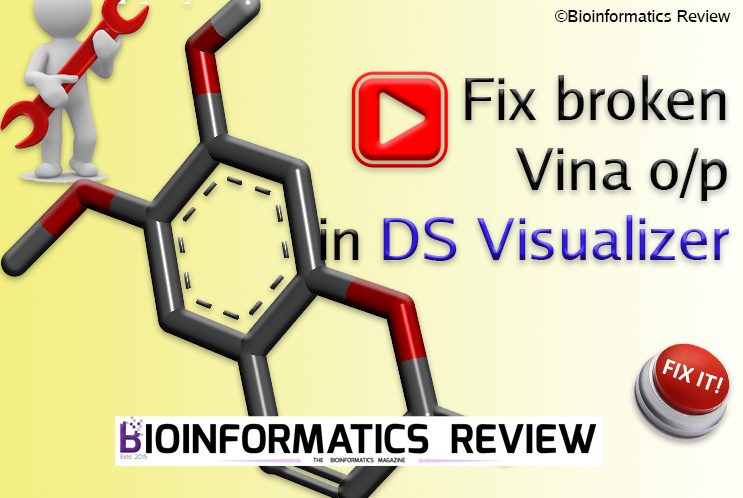Antigen-antibody interactions play an important role in protecting our body from foreign molecules. This is applied in vaccine development against a disease. In this article, we are going to mention a simple methodology used in studying/ identifying interactions between antigen-antibody complex.
The basic methodology includes:
- Structure prediction of antigen
- Structure prediction of antibody
- Docking of antigen-antibody
- Analysis
- Molecular Dynamics (MD) Simulation
1. Structure prediction of antigen
Predict a 3D structure of your antigen of interest using some software such as:
- IEDB Analysis (http://tools.iedb.org/main/bcell/)
- LYRA (http://tools.iedb.org/lyra/)
2. Structure Prediction of antibody
Predict a 3D structure of the antibody using some software such as:
- RosettaAntibody3 (https://www.rosettacommons.org/docs/latest/application_documentation/antibody/antibody-protocol)
- RosettaAntibodyDesign (RAbD) (https://new.rosettacommons.org/docs/latest/application_documentation/antibody/RosettaAntibodyDesign)
- SaBPred (http://opig.stats.ox.ac.uk/webapps/newsabdab/sabpred/)
3. Docking of antigen-antibody
Now, since you have the structures of antigen and antibody, you can go for their docking. For docking of antigen-antibody complex, you can use:
- HADDOCK2.4 web server (https://wenmr.science.uu.nl/haddock2.4/)
- Cluspro2.0 (https://cluspro.bu.edu/login.php)
- ZDOCK (https://zdock.umassmed.edu/)
- LightDock (https://lightdock.org/)
Amongst the above-mentioned tools, HADDOCK provides the best results with high-accuracy models [1].
4. Analysis
For analysis of docking results, you can use software such as Pymol, Discovery Studio Visualizer, Chimera, and so on. Some web servers such as HADDOCK provide a script that you can run in software like Pymol to directly visualize the antigen-antibody interactions.
5. MD Simulation
After successful docking, you should go for an MD simulation of the antigen-antibody complex. It will help you to analyze the stability of the complex. Set an appropriate timescale and other parameters for MD run.
This is a basic methodology explained in this tutorial. You can always go for advanced docking considering all parameters including homology modeling or ab initio prediction of antigen and antibody structures.
References
- Ambrosetti, F., Jiménez-García, B., Roel-Touris, J., & Bonvin, A. M. (2020). Modeling antibody-antigen complexes by information-driven docking. Structure, 28(1), 119-129.



![[Tutorial] How to perform docking of zinc metalloproteins using Autodock Vina?](https://bioinformaticsreview.com/wp-content/uploads/2021/10/zn.jpg)

